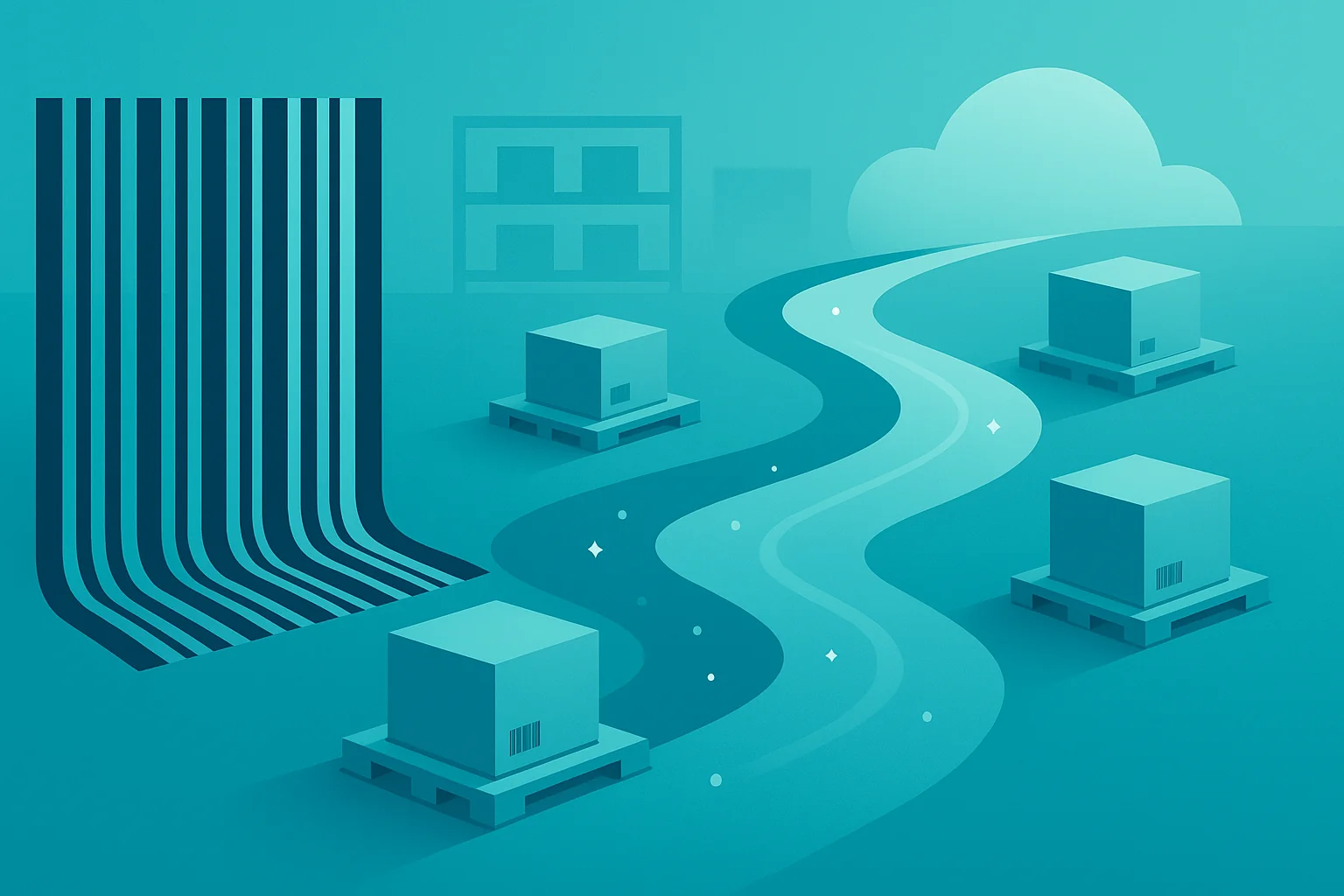
AI Readiness for Costpoint Leaders: Building the Foundation for Intelligent Operations
AI readiness begins with the fundamentals: clean data, connected systems, and engaged people. These same principles drive digital transformation success today and determine whether tomorrow’s automation delivers real insight or simply more noise.
For leaders whose operations run on Deltek Costpoint, this foundation is becoming a competitive requirement. Intelligent automation is already shaping how programs are executed, how resources are managed, and how compliance is proven. Success will depend on how quickly these organizations can align their data, systems, and teams to support smarter, faster, and more accountable operations.
In the sections ahead, we will explore what AI readiness really means for organizations using Costpoint: how data quality and compliance shape intelligent systems, why user experience determines success, where AI is already adding measurable value, and the practical steps leaders can take to build readiness with confidence.
Strong AI Starts with Strong Data
Every intelligent decision inside a Costpoint-driven organization depends on accurate, accessible data. Project managers rely on it to forecast costs and staffing. Finance teams use it to monitor indirect rates and margins. Compliance officers depend on it to produce audit-ready reports. When that data is incomplete or inconsistent, every one of those processes slows down or stops entirely.
Yet for many organizations running on Costpoint, the reality is that data still lives in silos. Redundant entries, manual uploads, and outdated records create blind spots that make it difficult to trust analytics. Even a single disconnected workflow can ripple through the entire operation, delaying forecasts, extending close cycles, and introducing compliance risk.
This challenge is even greater in government contracting and regulated manufacturing, where data must be both accurate and traceable. Audit requirements such as DCAA, ITAR, or CMMC make consistency and visibility essential. AI cannot deliver value if the information feeding it is incomplete, delayed, or fails to meet compliance standards.
For most organizations, readiness begins by rethinking how data flows through Costpoint. The goal is simple: create a connected environment where information moves cleanly between people, processes, and systems. When leaders can trust the data in front of them, they can act faster, forecast more accurately, and lay the groundwork for intelligent automation that actually works.
Many organizations begin this process by extending data collection to the point of work. RFgen connects operators, equipment, and Costpoint in real time, eliminating manual steps and keeping data complete, accurate, and audit-ready. Barcode and mobile data capture ensure that every transaction, from material movements and inventory updates to labor reporting and quality checks, posts instantly and correctly into Costpoint.
By capturing information at the source, RFgen removes the lag and errors that occur when data is entered later or transferred through spreadsheets. Leaders gain a live view of performance across production, inventory, and compliance metrics without waiting for batch updates or manual reports. This level of visibility not only improves daily decisions but also creates the clean, structured information AI systems rely on to generate trustworthy insights.
Reliable data is the foundation of every intelligent system, and organizations that start improving it now will be the first to benefit when AI becomes standard in Costpoint environments.
The Human Side of AI Readiness
Even the smartest technology cannot perform without people who trust and understand it. AI readiness depends on adoption as much as it does on capability. When user experience creates friction, accuracy drops, and confidence follows.
Many organizations using Costpoint know this challenge well. Warehouse and production teams often rely on outdated RF screens that take multiple steps to complete a simple transaction. Data entry can be repetitive, time-consuming, and error-prone. Over time, this slows throughput, frustrates employees, and makes it harder to maintain consistent data quality.
Improving user experience is one of the most effective ways to prepare for AI. Intuitive, mobile-friendly interfaces reduce training time, streamline data capture, and make accurate work feel natural. When employees can perform their tasks quickly and with confidence, the data they generate becomes more reliable, and the systems built on that data become more intelligent.
User experience shapes both adoption and accuracy. When people feel supported by the systems they use, engagement rises, errors fall, and AI initiatives have the clean, complete information they need to deliver real value.
Where AI Adds Value Right Now
AI may sound like a future-state goal, but early applications are already proving their value across organizations that use Costpoint.
In project forecasting, AI can analyze cost trends and resource usage to predict potential overruns or underutilization before they occur. In finance, anomaly detection can surface irregular transactions, improving compliance and audit readiness. In operations, predictive analytics can flag bottlenecks or supplier delays before they impact delivery schedules.
The power of AI in these examples lies not in replacing human judgment but in equipping leaders with timely, accurate insight. A program manager can course-correct earlier. A finance team can prevent an audit issue before it escalates. A production supervisor can address a material shortage before it halts a project.
Each of these scenarios relies on real-time, trustworthy data within Costpoint. When that data is structured, current, and traceable, AI becomes an extension of operational visibility. It provides a way to see what is coming next and act with confidence rather than react under pressure.
The Leadership Roadmap to AI Readiness
Getting ready for AI does not start with technology. It starts with leadership alignment and a clear, practical roadmap.
Begin by evaluating the current state of your data. Where does it live? How is it entered? Which reports take the longest to produce, and why? These questions reveal the bottlenecks that hold automation back.
Next, look closely at how people interact with systems. Are employees confident that their inputs matter? Do manual steps create frustration or errors? Friction in user experience often points directly to issues that affect data accuracy.
Once those foundations are visible, identify one or two small, high-impact areas to improve. Forecasting, compliance reporting, or supply chain tracking are strong starting points. Focus on measurable outcomes that demonstrate value quickly and build support across departments.
For many organizations running on Costpoint, modernization takes time because of complex project structures and compliance oversight. Success comes from incremental progress. Digitizing manual tasks, connecting workflows, and showing visible improvements help teams see the benefits of change. When leaders model this steady approach, they create both readiness and momentum.
Turning Readiness into Resilience
Preparing for AI requires long-term focus and deliberate progress that strengthens how data, systems, and people work together.
For organizations using Costpoint, readiness also means managing risk while improving agility. By focusing on data quality, usability, and measurable gains, leaders can advance confidently without disrupting mission-critical systems.
RFgen helps organizations using Costpoint take those first steps toward AI readiness. By connecting data at the point of work and simplifying how people interact with critical systems, including modernizing user experience, RFgen creates the foundation for cleaner information, faster decisions, and long-term operational resilience.
Organizations that invest in these fundamentals today are already building resilience for tomorrow. When information flows seamlessly, teams trust their tools, and leaders have visibility across every project, AI becomes a natural next step rather than a distant goal.
The path to AI is not about adopting new technology for its own sake. It focuses on preparing your data, your systems, and your people to make smarter decisions faster. The organizations that start that journey now will be the ones ready to lead when intelligent automation becomes the new standard.







